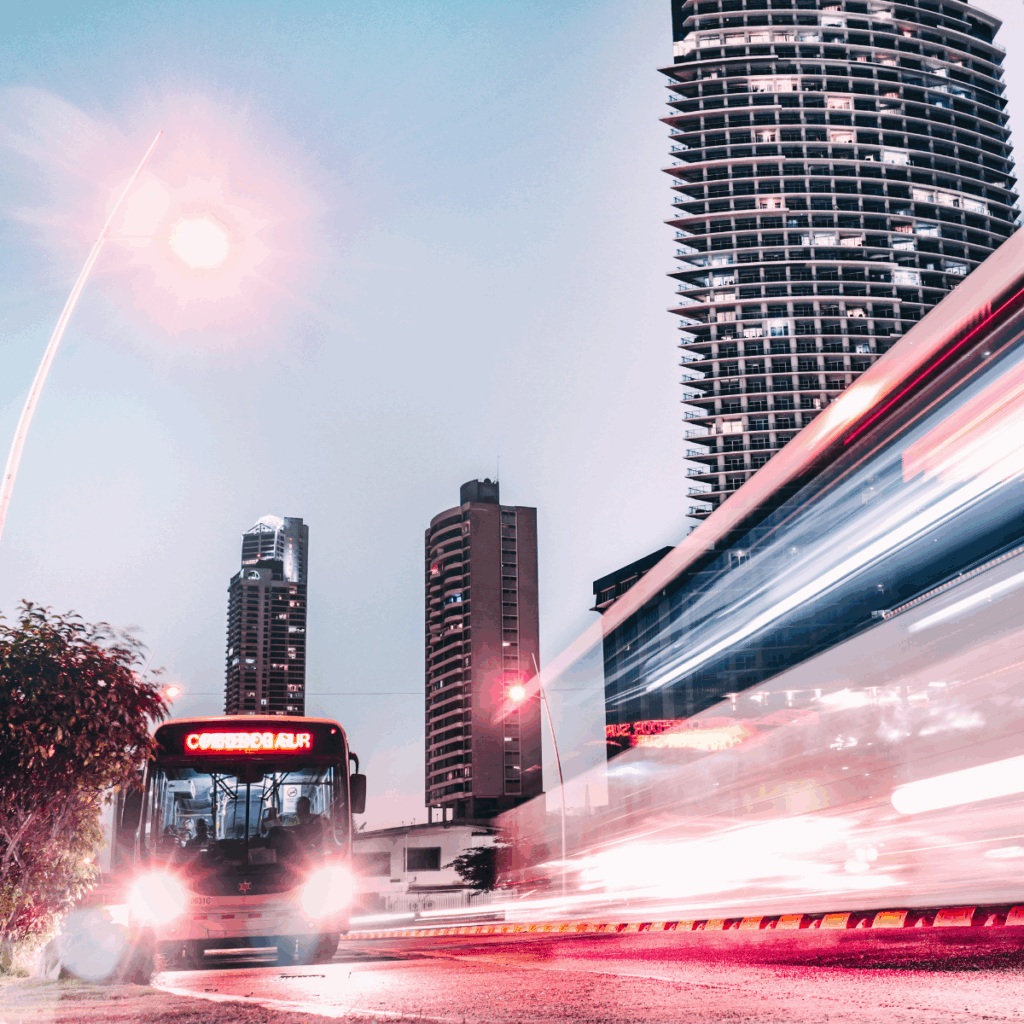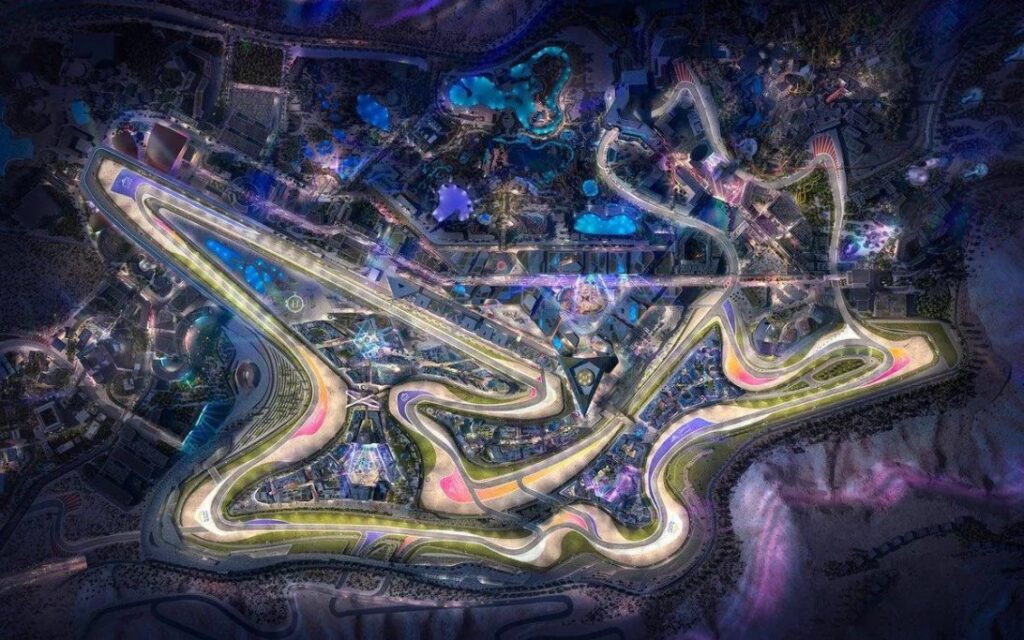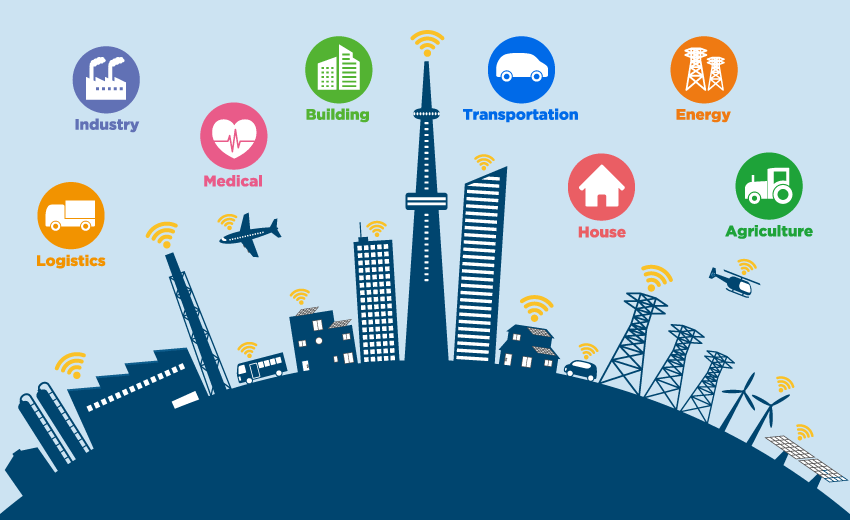Understanding the Complexity of Smart City Planning
Smart cities are often considered as the future of urban living. However, without a solid foundation in smart city planning, these ambitious projects can face serious obstacles . Many cities find their digital transformation efforts stalled before they even begin due to issues such as poor technology integration and a lack of stakeholder alignment.
To prevent failure, city leaders must focus on long-term planning that goes beyond flashy technology and embraces systemic urban change. This includes preparing infrastructure, establishing clear governance models, and ensuring a people-first design approach.
Why Do Smart City Projects Fail?
Lack of a Unified Vision and Governance
One of the biggest reasons for failure is the absence of a cohesive vision. Cities often launch isolated initiatives without a unifying strategy. Without clear governance, coordination among public departments and private partners becomes fragmented, delaying progress and wasting resources.
Poor Data Management and Integration
A smart city runs on data. However if data management systems are isolated or incompatible, valuable insights can be lost. Many failed projects fail due to a lack of interoperability between platforms, making it nearly impossible to monitor and respond in real time.
Overlooking Citizen Needs
While technology can be impressive, it’s only meaningful when it solves real problems. Projects that ignore the daily experiences of residents or fail to involve them in the planning stage tend to receive little public support—and ultimately, little use.
Short-Term Thinking and Budget Constraints
Digital transformation takes time. Cities that focus only on short-term political wins or limited pilot projects without long-term investment tend to stall. Budgeting for maintenance and scalability from the start is crucial for long-term sustainability.
Smart City Planning: How to Get It Right
Aligning Stakeholders from Day One
Inclusive smart city requires collaboration between public agencies, tech providers, infrastructure partners, and the community. Setting clear roles and shared objectives helps prevent disconnection down the line.
Choosing Scalable and Interoperable Technologies
Platforms and devices should integrate seamlessly. Leveraging open standards and working with trusted partners like MTi Arabia ensures that all solutions—from sensors to dashboards—can scale and evolve together.
Embedding Resilience and Sustainability into the Strategy
Smart cities must be able to withstand environmental, economic, and technological changes. Planning with resilience in mind means designing flexible systems, renewable energy sources, and robust data privacy frameworks.
Prioritizing User-Centric Solutions
Citizens are the ultimate users of smart services. Urban apps, mobility platforms, and public information systems should be intuitive, accessible, and built with local context in mind.
Learning from Global Examples of Failure
Here we have two examples of Smart City that were ineffective at creating an efficient smart city:
Masdar City (UAE): High Ambition, Low Occupancy
A lack of demand, high costs, and disconnected transportation networks slowed the progress of Masdar City, despite its futuristic goals.
Songdo (South Korea): Technological but Not Human-Centric
While Songdo is fully wired and sensor-equipped, critics argue that its lack of culture and community engagement makes it feel sterile and underpopulated.
These examples remind us that smart city planning isn’t about technology alone. It’s about blending innovation with social, cultural, and economic realities.
Final Thoughts: Moving from Smart Ambition to Smart Action
Smart cities represent a bold vision for the future, but ambition must be grounded in strategy. By learning from past failures, aligning key stakeholders, and planning with resilience and people in mind, cities can avoid becoming stuck and instead unlock the full potential of digital transformation.
With its experience in engineering development, value ecosystem building, and product integration, MTi Arabia supports municipalities in building smart city projects that are not just technologically advanced—but truly transformative.
Explore how MTi Arabia can help you leverage these trends to revolutionize your city. Contact us here.



